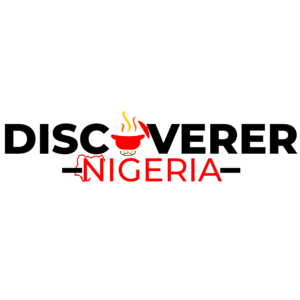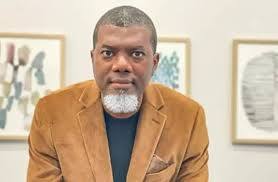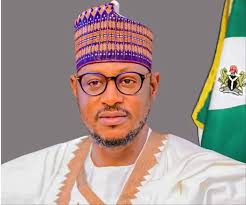Throughout human history, reforms have been an integral part of growth and progress.
Sometimes, when people fall out of the line and become delinquent, there is the need for them to undergo rehabilitation to reform their character when they stray off track. Nations also undergo periodic transformations to stay relevant and thrive. This can be seen in various aspects of life:
1. Personal growth: When it becomes evident that an individual needs to progress in life, such individual sets goals and targets for himself, or the parents or guardian of such individual takes it upon themselves to put in place the needed reforms to get the individual back on track.
2. Legal framework: When laws become obsolete, Parliament reforms them to reflect changing times.
3. Innovation: When products struggle in the market, companies innovate or reform their technology to stay competitive. Or bring about a complete overhaul, having studied market needs and trends, to take over the market of such products.
4. Every successful country has carried out political, social, and economic reforms at some point or the other in its journey of existence. These reforms have been crucial in shaping their progress, prosperity, and posterity.
When the United States of America, from 1929 – 1941, went into atrophy and entered a grave economic depression with fundamental consequences, there was a severe economic downturn that had far-reaching impacts.
i. It was characterized by severe unemployment, which by 1933 hit 35%;
ii. There was a decline in Gross Domestic Product (GDP) which reached its peak at 27% between 1929 – 1933;
iii. There was chronic and grinding poverty level of 40% of Americans living below the poverty line;
iv. Stock market decline soared by 65% in 1929 – 1932, and Global trade declined by 65% from 1929 – 1934.
The United States of America, through the leadership of President Franklin Dwight Roosevelt, initiated massive economic, legal, and social reforms known as ‘The New Deal’.
The New Deal was a series of programs, policies, and reforms implemented by President Roosevelt during the Great Depression to stabilize the US economy, provide relief to those affected, and reform the financial system.
The goals of the New Deal were to provide immediate assistance to those in need, stimulate economic growth and job creation, and prevent future economic crises.
The New Deal left a lasting legacy in the USA and helped shape US social and economic policies which in turn inspired international cooperation and established the role of government in stabilizing the economy.
When President Bola Ahmed Tinubu took over the reins of the political leadership of the country in 2023, the economy was almost in red, and most of the money available to run the country was spent on subsidizing petroleum products and supporting the Naira in the foreign exchange sector.
It was, therefore, imperative for the government to take bold and decisive steps to prevent the economy from total collapse and bankruptcy. Hence, the present reforms were put in place. There were no alternatives to the present reforms.
All that is required from the people is patience and support to see through these reforms.
The economic reform agenda is hinged on a three-pronged agenda, namely:
i. The Renewed Hope Infrastructure Development Fund (RHIDF),
ii. The Presidential Economic Coordination Council, and the embedded
iii. Economic Management Team, and the Emergency Taskforce.
These are all the policy initiatives that will change the tide of economic narratives of the country and birth an economy of nearly 1 trillion dollars.
*@~Obol Okoi Obono Obla*



























